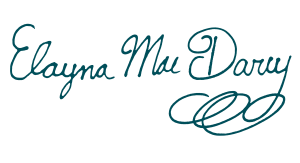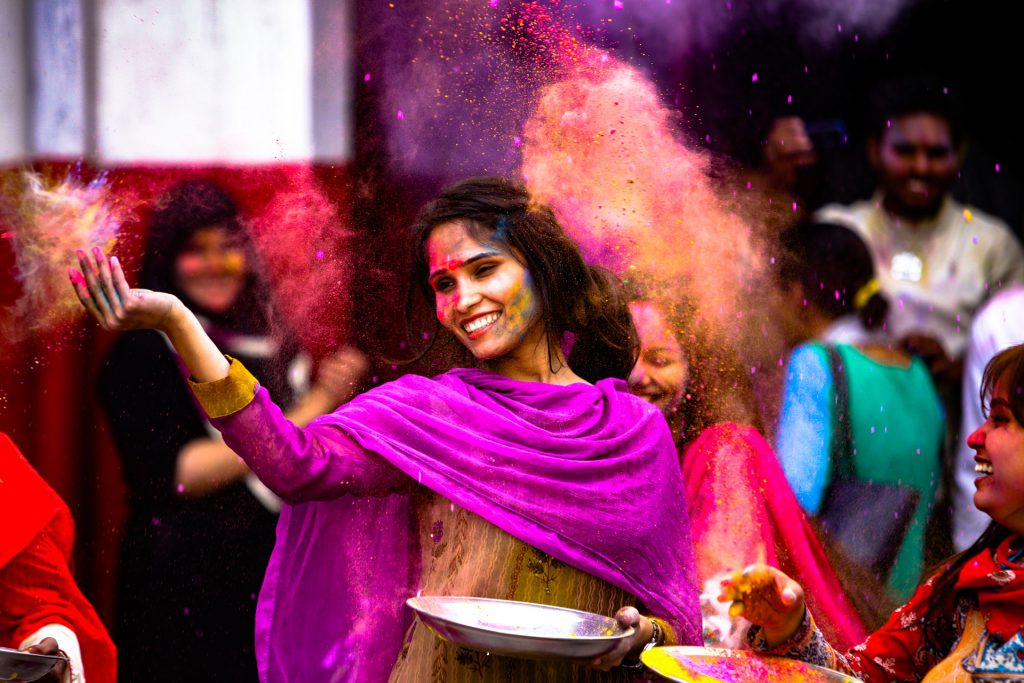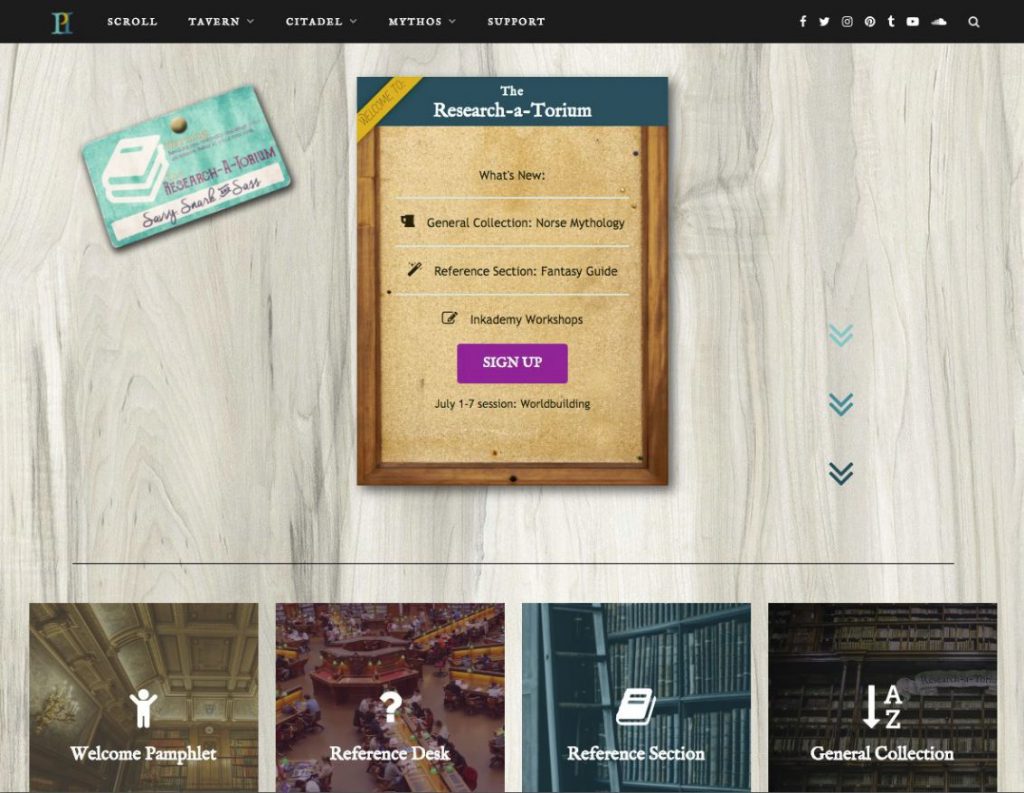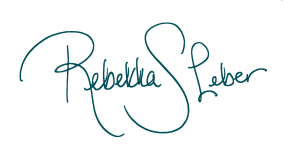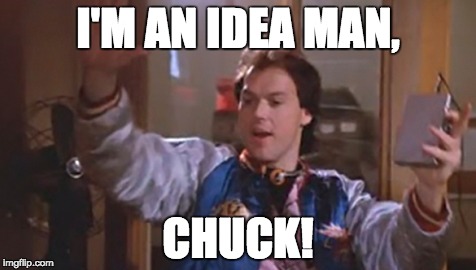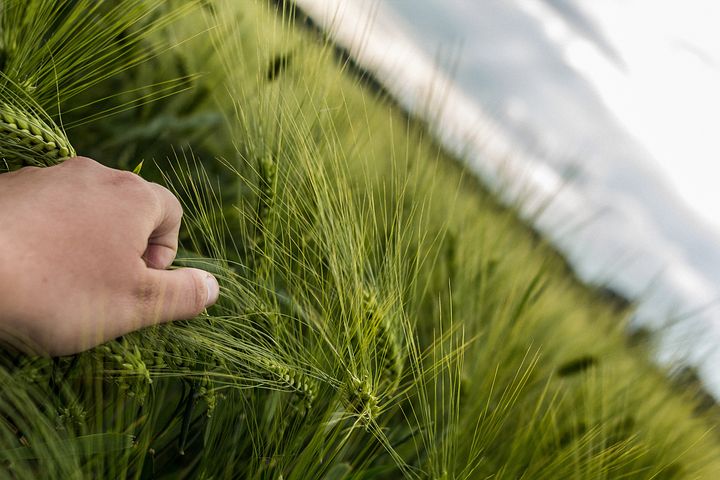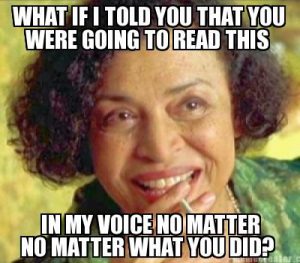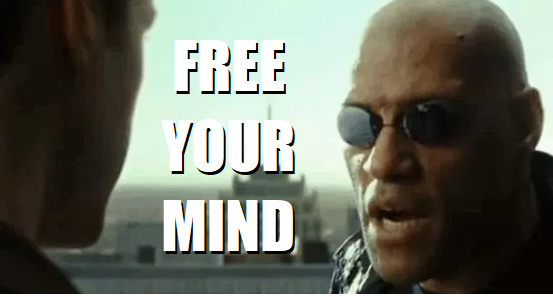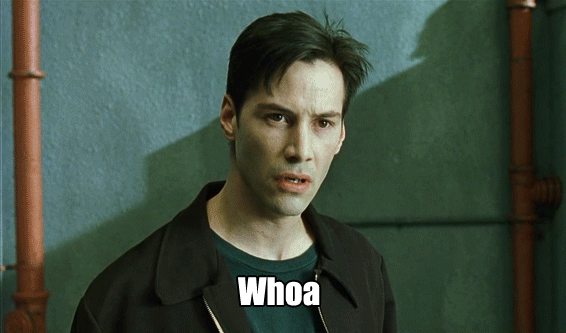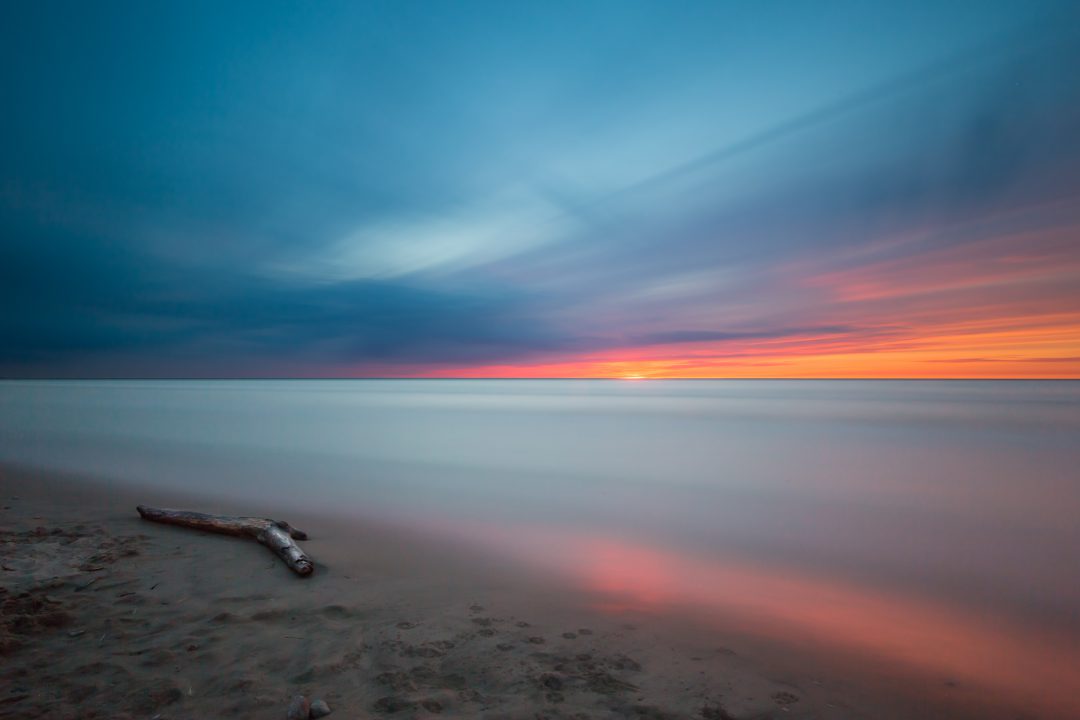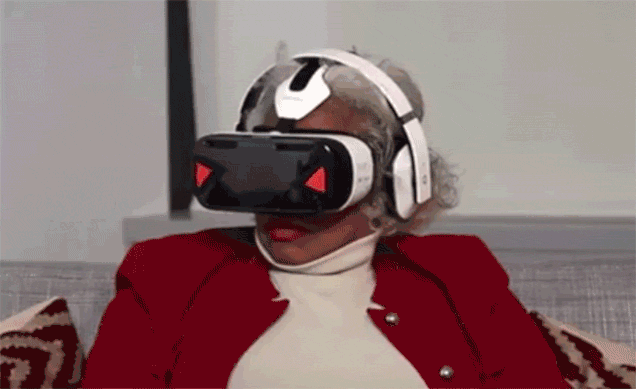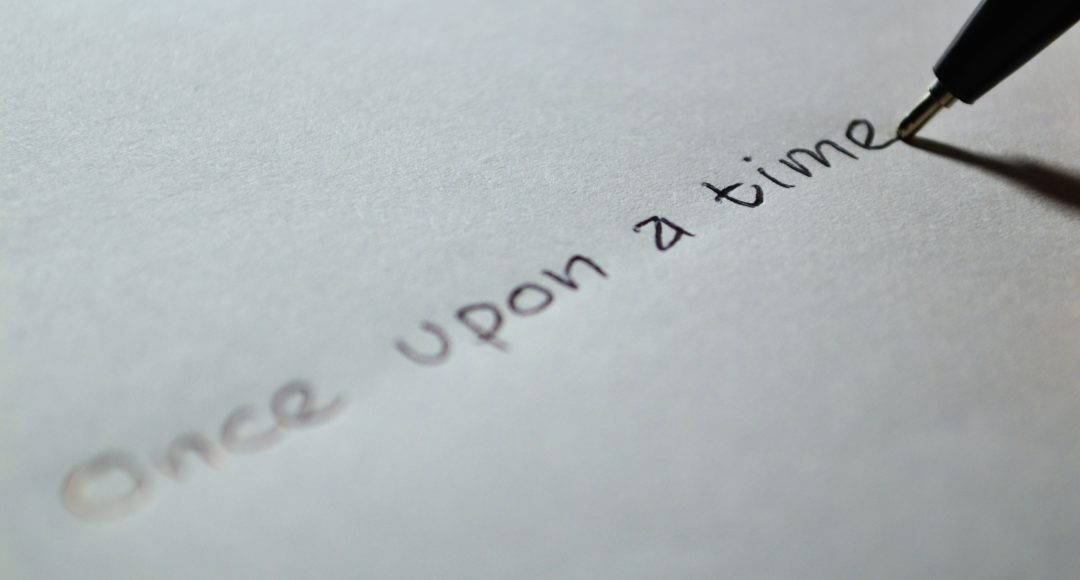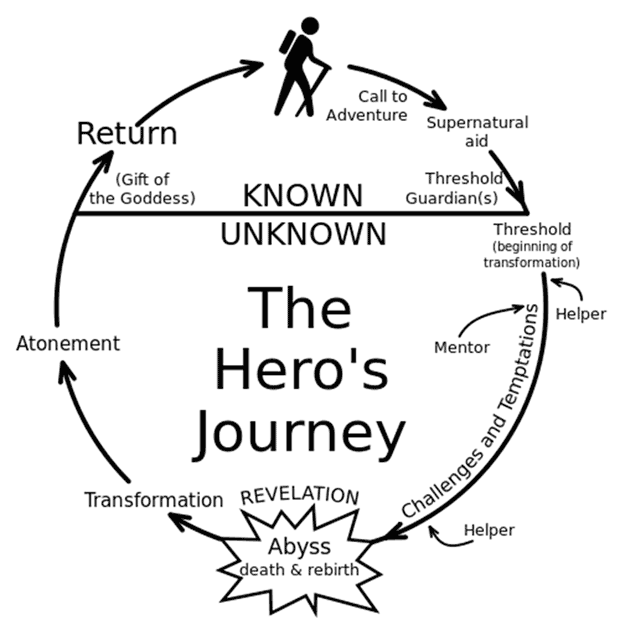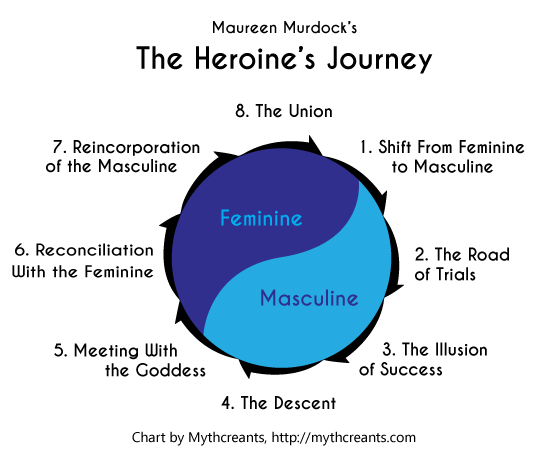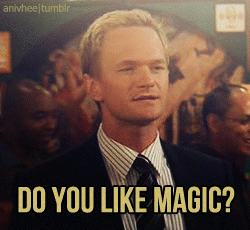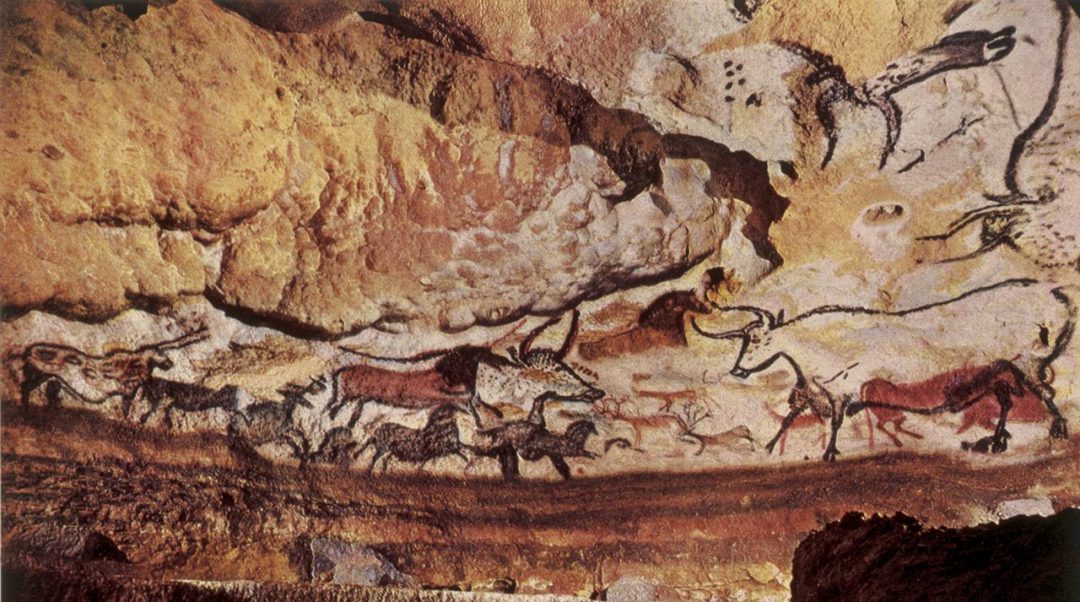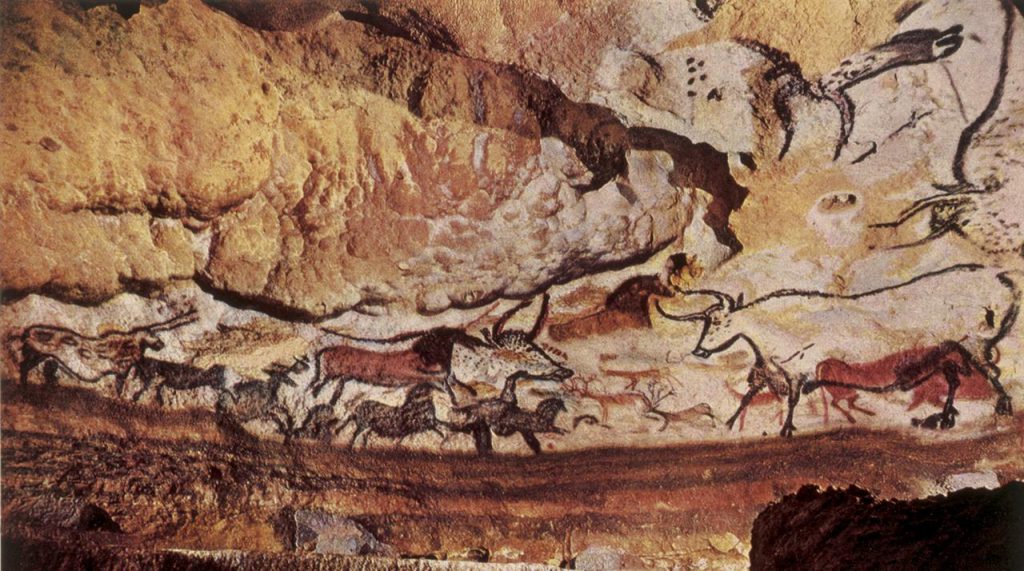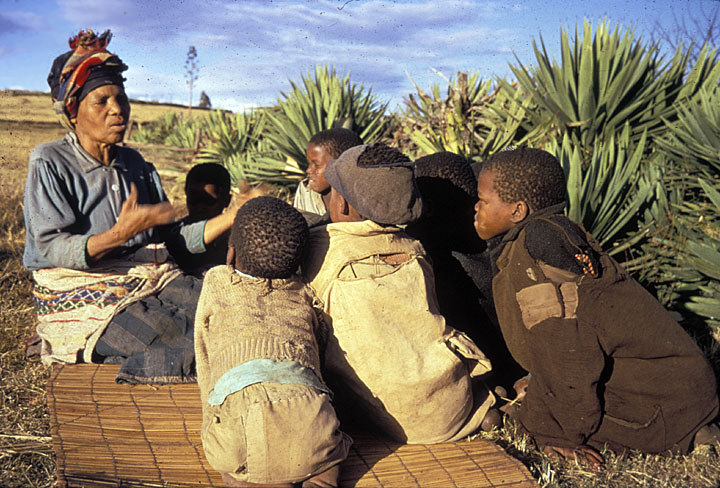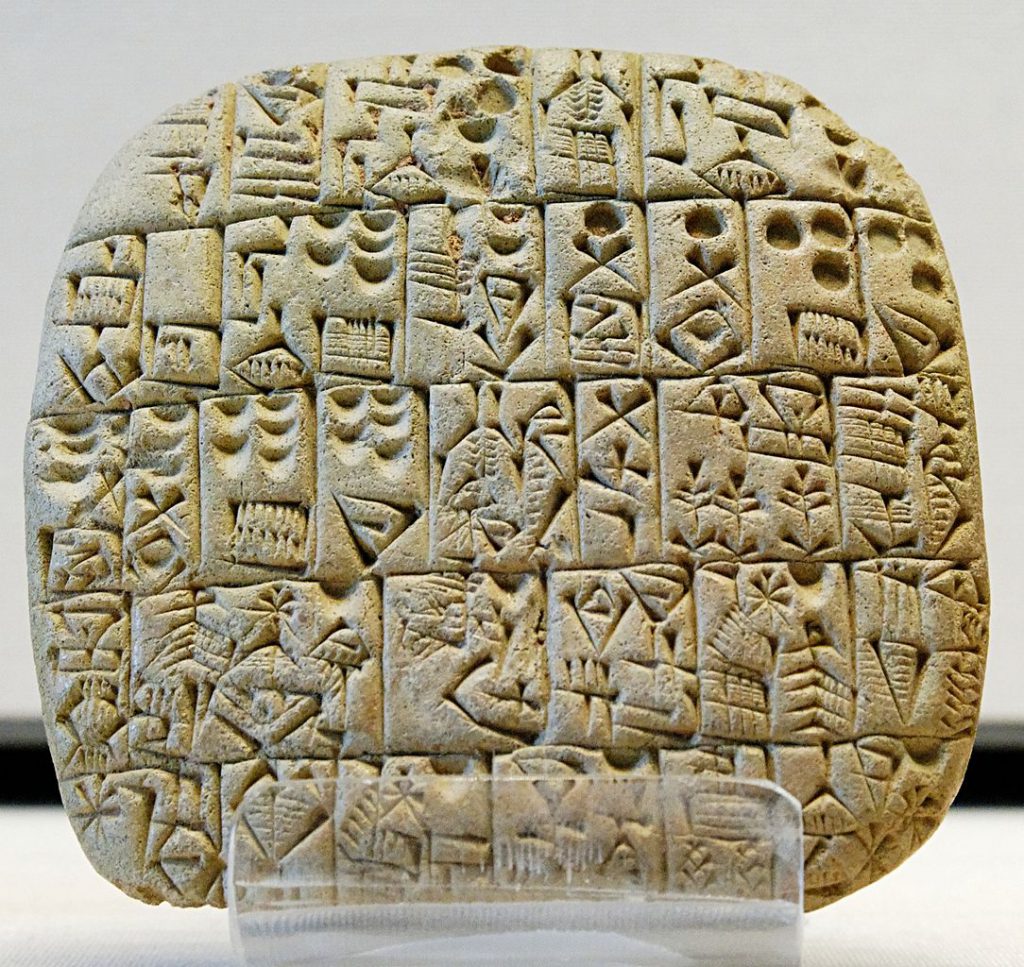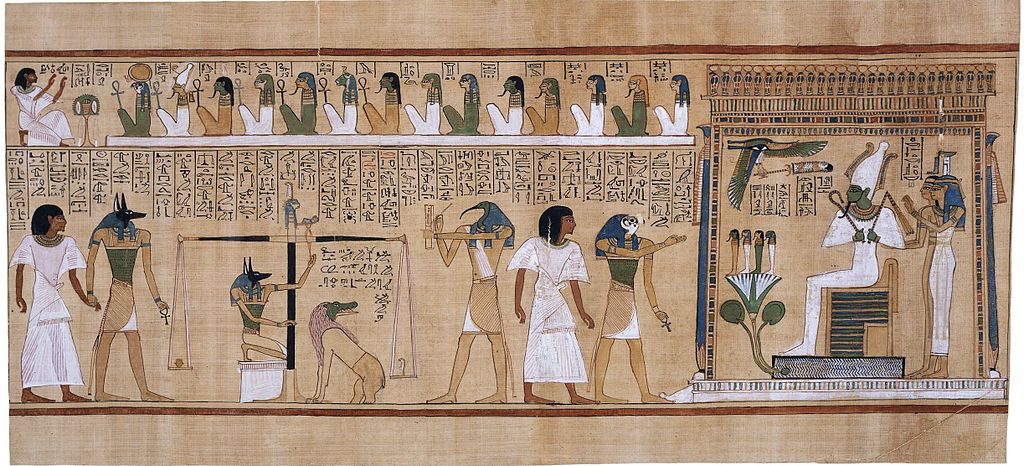Recently, the founders of IndiePen Ink met up in Philadelphia for business and fun. Mostly fun. This is the tale of our adventure:
Wed
10:30 – Bekki arrives in Philadelphia
Bekki: This was a big trip for me, not just because I was finally going to meet my girls in real life, but also this was the first time I had ever flown on a plane by myself. I was incredibly anxious I was going to have a mix up on my tickets or miss my flight or not be able to find my terminal.
Christine: This was a big trip for me too. The trip to the airport, that is. I had never driven there in the driver’s seat before. It turns out that it’s a pretty easy thing to do.
Bekki: …
Christine: After we both survived our respective big trips, we met up at Baggage Claim D. My first impression of Bekki: She’s even shorter than I thought she’d be!
Elayna: I gotta agree… Bekki is smol… but feisty…
Christine: All joking aside, meeting Bekki felt a lot like being reunited with an old friend, which is the best possible outcome when meeting an internet friend for the first time.
11ish – Bekki’s first Wawa
Christine: Like any good Philadelphian, I made sure that Bekki’s first stop was a Wawa. We stocked up on snacks and, of course, hoagies.
Bekki: I wish we had Wawa’s. We have Casey’s in Central Illinois. They serve food and have a lot of good stuff, but they don’t make custom sandwiches and smoothies though. They do have a pretty bitchin’ breakfast pizza though, so I guess that’s something.
Afternoon – Bekki’s first subway Ride
Bekki: No one told me that riding through the tunnels of the Philly train system was going to be like the nightmarish boat ride part of Willy Wonka come to life. There were these flashing lights and mysterious screeches and I was expecting irate Oompa Loompa to charge us at any minute.
 Christine: No one told me that this was your first time truly experiencing the splendors of public transportation. Had I known I would’ve made fun of you. A lot.
Christine: No one told me that this was your first time truly experiencing the splendors of public transportation. Had I known I would’ve made fun of you. A lot.
Bekki: To be fair, where I live, we have none, and I depend on the interstate and highways to get me everywhere. Upside to that is I can get anywhere in twenty minutes, rather than taking two hours to catch three trains to go five miles.
5ish – Reading Terminal Market
Christine: Once above ground, we stopped at Reading Terminal Market to find a quick bite to eat. Like a moth to a flame, Bekki spotted the word chorizo with her patented Chorizo Hawk Vision. I was very impressed.
Bekki: Chorizo Hawk Vision™
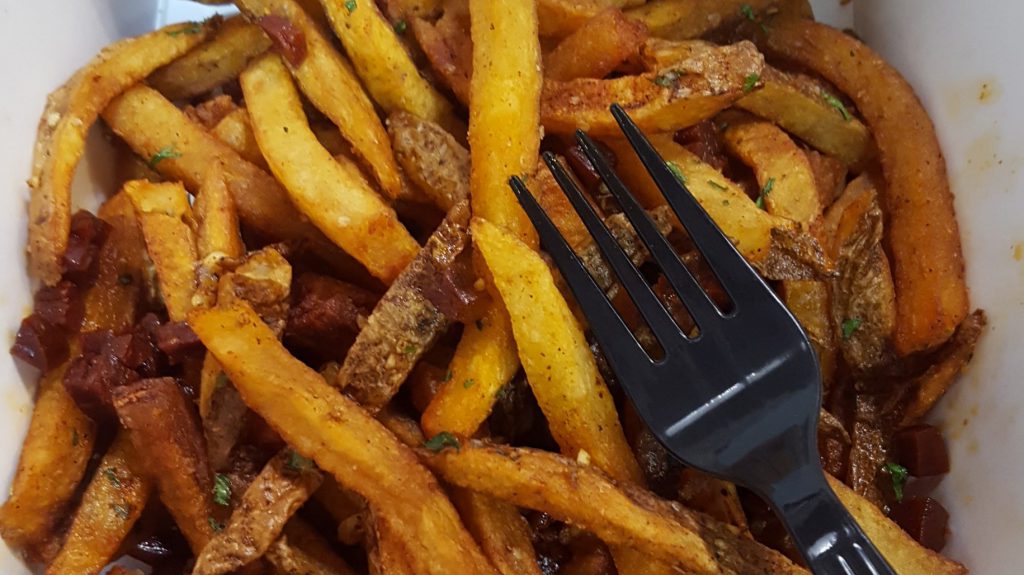
Chorizo Fries from Fox & Sons Fancy Corn Dogs
6ish – Philadelphia Museum of Art
Christine: We had our first official in-person meeting of IPI at the Philadelphia Museum of Art. It was historic, just like the artwork featured at the museum.
Bekki: I will never forget the first time I saw Elayna in real life, and the spastic, energetic way she came charging towards me. It was like a spider monkey taught a excited squid how to run across land. If I had to use a word to describe it, I would have to invent one. … I think flobbled describes it justly.
Christine: I’d say flizzled. Or perhaps even spaflizzled.
Elayna: Spafizzled and flobbled sound about right. While Bekki and Christine frolicked about the city, I was anxiously waiting to get off work so as to go join my beloved Snark and Sass at the museum. The PMoA has to be one of my favorite places in the world, so it felt very fitting that it would be the place where I’d in-person unite with two of my favorite people in the world. The hugs were wonderful, and felt like coming home.
Bekki: This is the point in which we went in search of the Picasso that Elayna apparently poked as a child, which actually turned out to be a Monet.
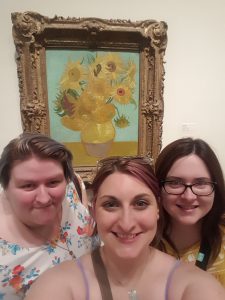 Christine: Notice how my outfit perfectly matches Van Gogh’s Sunflowers. I was so on point.
Christine: Notice how my outfit perfectly matches Van Gogh’s Sunflowers. I was so on point.
Bekki: I, on the other hand, chose to wear a lavender sun dress, which while perfect for the warm weather, apparently had an invisible screen print that only weird, old dudes could see that said “Hit on me! Objectify me! Please! Otherwise, how will I know I’m attractive to you and justify my worth as a woman!?” They must have used a small font, because it was a long sign.
Christine: Old dudes love purple dresses. It is known.
Elayna: I chose to be flowery and summery in my outfit choosing, with my favorite shirt and a pair of brand new shorts which WERE SO COMFY for art museum exploring and basking in the sunset on the Rocky steps outdoors-ing.
Christine: Exploring is exactly the right word. If you’ve never been to the PMoA, you should know that in addition to the standard hangs-on-a-wall art, there’s also an Arms and Armor section and a bevy of asian architecture installations.
Bekki: Lesser known fact about the PMoA – did you know that Lil’ Sebastian was a time traveler? There’s proof at the museum. 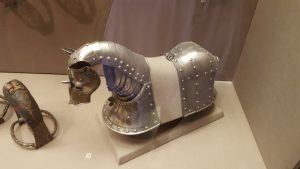
Christine: Related: I made a lot of jokes at the art museum. Good jokes even.
Elayna: SHE HAD THREEEE FRUITS. (This makes no sense to you of course, but that doesn’t make it any less side splittingly hilarious when I remember it.)
Christine: After exploring the museum we just chilled and enjoyed the sunset. It was great. Life is pretty good.
Elayna: Sitting on the steps before parting ways at the end of the night had to be one of the most magical moments of the trip for me. The weather was bliss, the sky and city were beautiful, and being with these two friends, one of whom I’d only just met in person that day, feeling like they’ve been my best friends for years, was amazing. It was like those high school nights you get nostalgic for, when you wished you could have bottled summer to keep the moments of it for forever. We took a bunch of goofy pictures and laughed and leaned on each others shoulders while watching the city fade to night, and I just wish more moments in life were as sweet as this one.
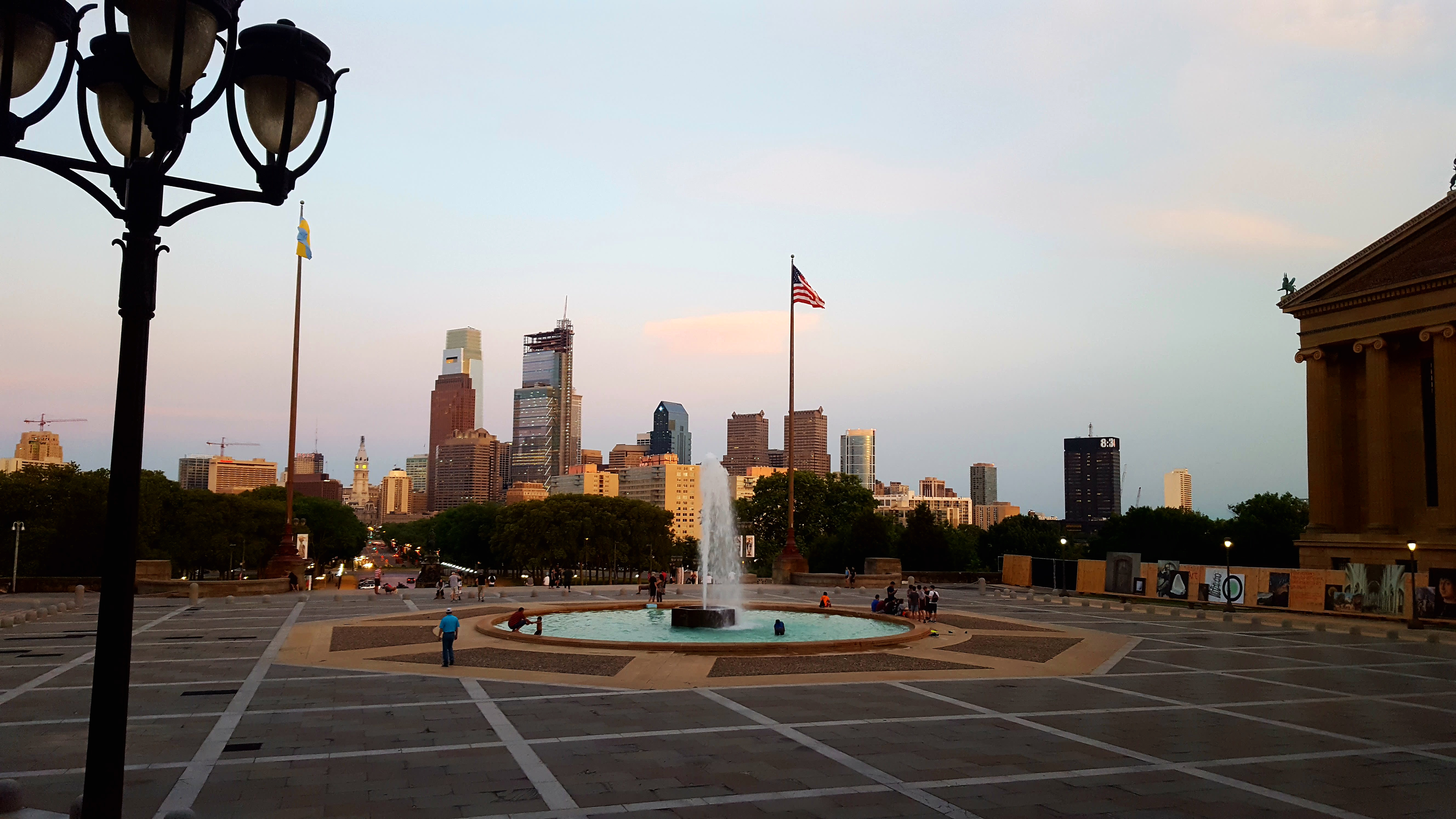
Thurs
1ish – Happily Ever After
Christine: Thursday started with waffles and butterbeer, which is pretty much how every day starts in heaven.
Bekki: My favorite thing about Happily Ever After Dessert Cafe was that there are two specials: Frozen Yogurt Waffles and Spicy Ramen… because, you know, that tracks.
Elayna: I was THRILLED they both loved it because this is in my opinion the best cafe in Philly, especially if you’re a nerd. My waffle was made out of chocolate and rainbows and my butterbeer tasted like fizzy perfection.

Happily Ever After Dessert Cafe
Afternoon – Photo Shoots
Christine: Elayna was our photographer extraordinaire. She took many-a-pics.
Elayna: Photo shoots with friends in the city are so unparalleled in their amount of fun. The running around going, hmm, that place is pretty. You will look pretty in it! *snaps photo* LOOK HOW PRETTY?!?! Love it and wish I could do it every day. These two were so much fun to capture on camera.
Bekki: I really love having my picture taken. It’s kind of a problem. Elayna and Christine were such enablers.
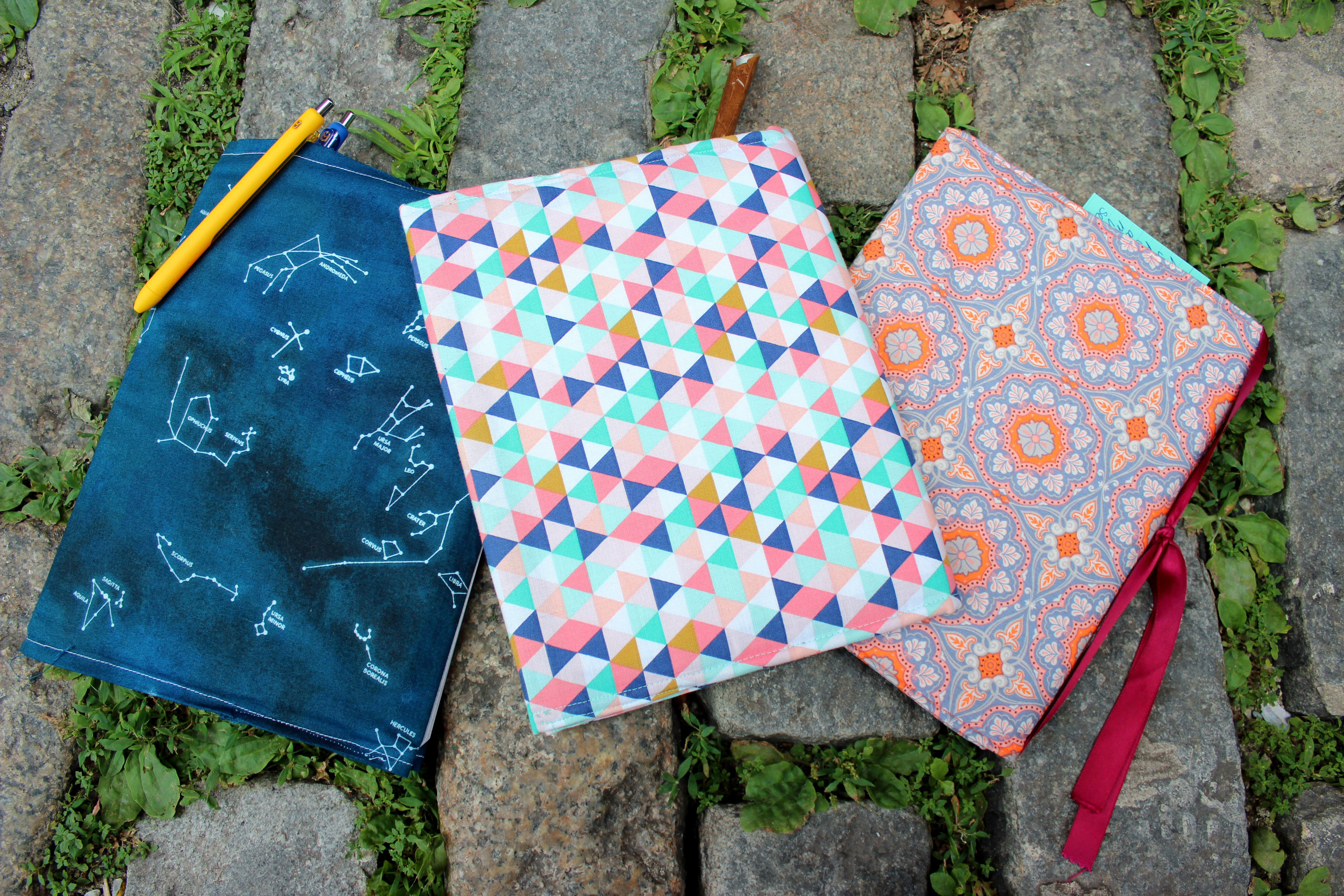
Bekki: Those are some sweet notebook covers. I wonder how a person could support us on Patreon and score one for themselves? If only that was a thing that could happen in this universe…
Christine: Hm. If only…
Elayna: *whispers* But really tho….

Christine: I really enjoyed this particular photo shoot location because there was a never ending stream of postal workers that just kept on delivering the mail in the background. Like, how much mail could there possibly be?
Elayna: Oh my goodness the postal people. Every time I was like PERFECT SHOT IS PERFECT, out they’d pop from behind a tree and I’d have to wait for them to cross the street again. But I have to agree, this was an excellent spot for photoshooting.
Christine: We even befriended a painter man while we were waiting on the postal workers to clear out. He thought we were hilarious.
Bekki: He also thought he was hilarious.
Christine: I loooooved the artwork at this store.

Featured on left: Untitled by Brian Gormley
Featured on right: (title unknown) by Jay Hoffman
Bekki: The only downside to flying was that I couldn’t take like five of those painting home with me that I really liked… and, you know that they would have all just been like $5. Everything else in the store was apparently.
Christine: YES. It didn’t matter what book you took up to the register, no matter what he would hold it out, tilt his chin, pause, and proclaim, “Five dollars!”
Elayna: For reals. I couldn’t believe that my ancient book I got was only five dollars.
Christine: Elayna – I loved your book buying determination. You knew there was something great on that shelf of old books and you were gonna find it.
Elayna: Thank you. I WAS ON A MISSION. Old books just fill me with life because it’s like, how many people have read these pages and shared in this story. How has it survived and not been lost yet? The book I ended up getting was a copy of 4 Shakespeare plays in one volume, in great condition given that it was, ya know, 116 years old. Yeah, that’s right. I now own a book that’s older than women’s right to vote. #Fun
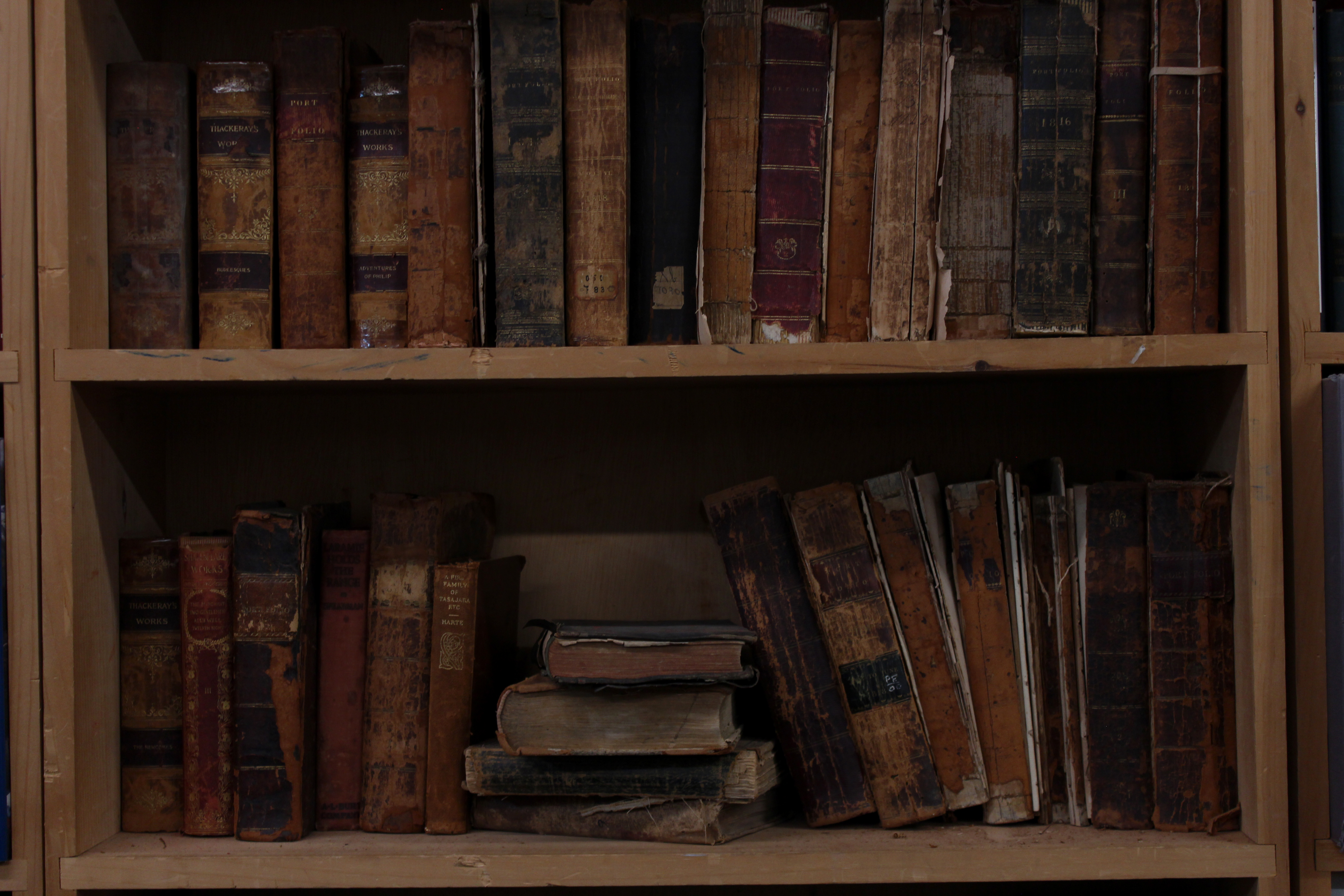
Evening – Mini Bar Crawl
Christine: And then…it was Mini Bar Crawl time!
Elayna: ROTTEN RALPH’S! My favorite bar in the city. Basically, 75% of this trip was “Elayna is going to drag these two to all her favorite places and THEY WILL LIKE IT DANG IT.”
Christine: And like it we did!

Rotten Ralph’s
Christine: Between Rotten Ralph’s and Mac’s Tavern, we stopped for cheesesteaks at Sonny’s Famous Steaks, because what’s a trip to Philadelphia without cheesesteaks?
Elayna: Not a trip worth having, honestly.
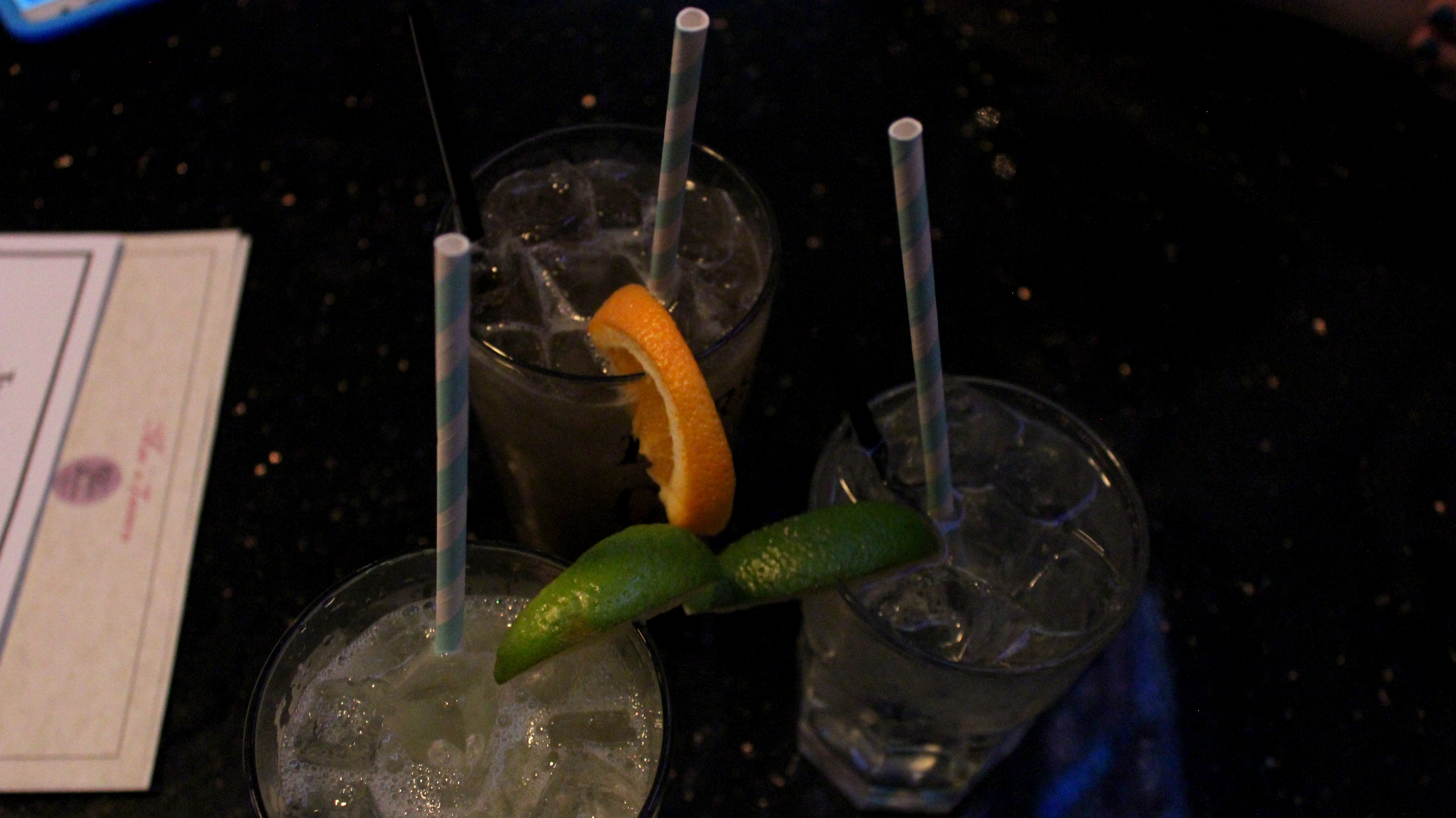
Mac’s Tavern
Christine: If I recall correctly, I was already drunk at this point. A drink and a half, plus a few hours of sun is all it takes, folks!
Bekki: You were. And, I recall you getting irritated at me that I wasn’t drunk yet after my two or three drinks, one of which was a Long Island.
Christine: You’re a gorram tank, Rebecca S. Leber.
Elayna: Yeah, Christine was super giggly and it was hilarious and Bekki was like, ¯\_(ツ)_/¯.
Christine: Our last stop was National Mechanics, which is my favorite bar.
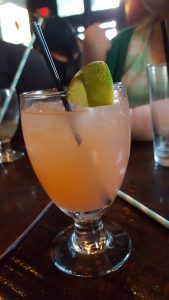
National Mechanics
Elayna: I can’t say I blame you. That place was MAGICAL. I really loved the vibe and the drinks were YUM.
Christine: We were about to leave, when…
Bekki: (Quizzo guy approaches)- Hey Ladies! Would you guys like to participate in our Parks and Rec Quizzo?
(Me, way over the top than I should be) – Parks and Rec!? HELL YES WE DO!
Elayna: Our team was called ‘The Beautiful Land Mermaids’ and this might be forever what I call these two for as long as we’re friends.
Christine: Just don’t ask us how we did. *cringe*
Fri
Christine: This cafe had Tofutti Cutie cream cheese, which made my lactose intolerant heart sing.
It was also a great place to get away from the hubbub of life and get some shit done.
… Um. What did we get done?
Bekki: Stuff and junk… and things. Those very, very important things. In actuality, I think this is where we hashed out a bunch of plans for the workshop.
Elayna: I was late to the party on this day, but can attest – Chapterhouse is the cafe for when you want an amaaaazing environment to get. s**t. done.
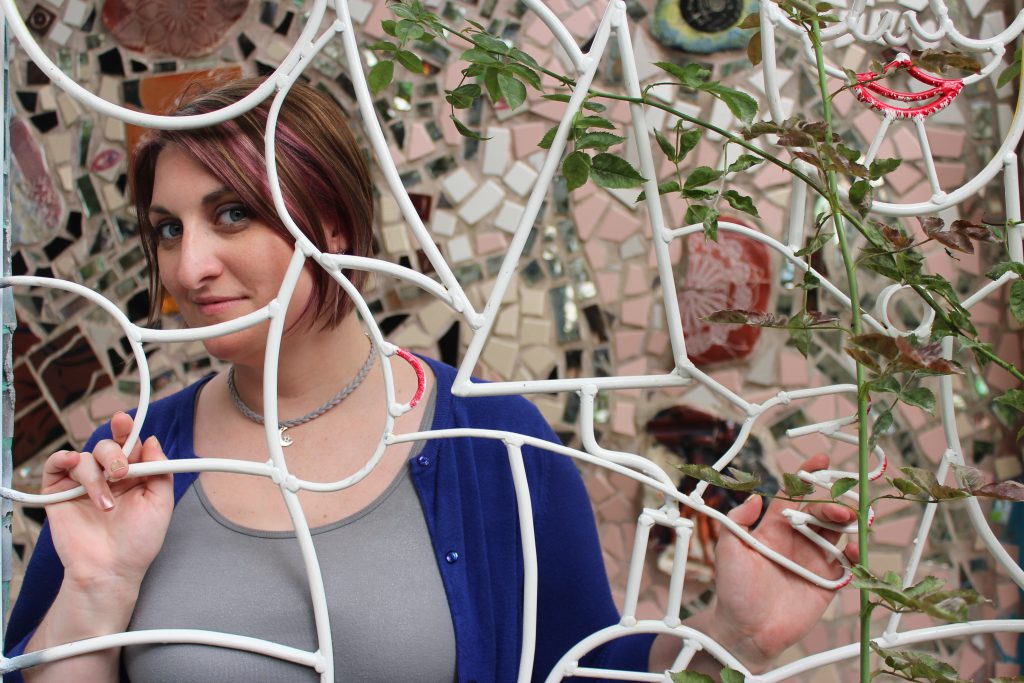
Bekki at Magic Gardens
Elayna: I’ve been a bad Philadelphian and had never gone inside here before this day, but upon being there that day I realized, I wasn’t supposed to have seen it yet. This was a place meant to be experienced for the first time ever with my girls. ^_^
Christine: I’d also been a bad Philadelphian and had never been to the Magic Gardens either. It was really cool that we all got to experience it for the first time as a group. 10/10 would recommend.
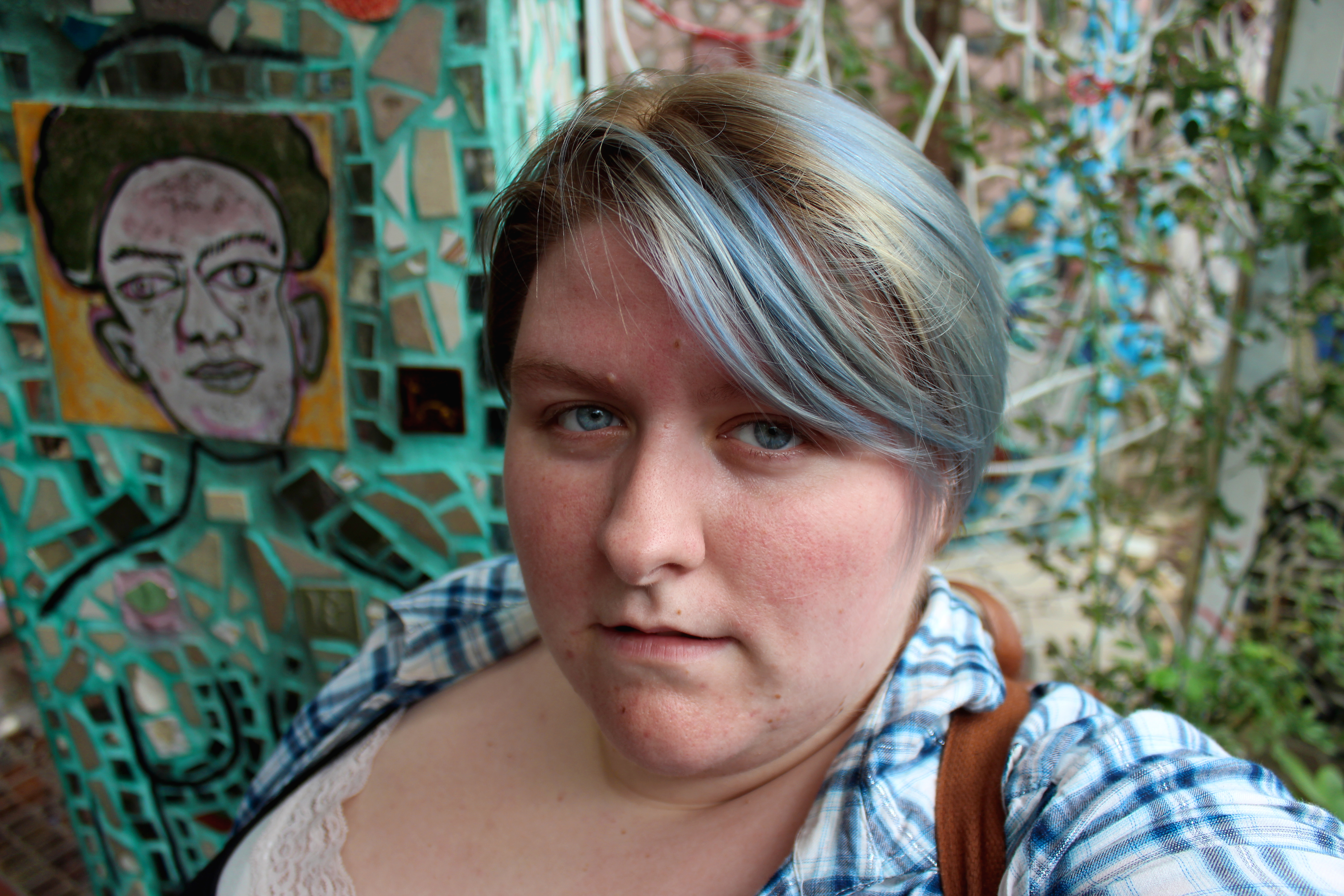
Elayna at Magic Gardens
Afternoon – Shopping at various stores, but mainly Garland of Letters
Bekki: I am jealous that we don’t have a metaphysical store like this in Springfield. We have like two shops that would qualify, but one is also a head shop.
Elayna: Garland of Letters is a seriously great shop that I love visiting. I got me a snazzy piece of opalite and incense that smelled like the name of the place we went for dinner which was…
Christine: I had been to Marrakesh before, so I’d really like to hear what you guys thought about the experience. What were your first impressions?
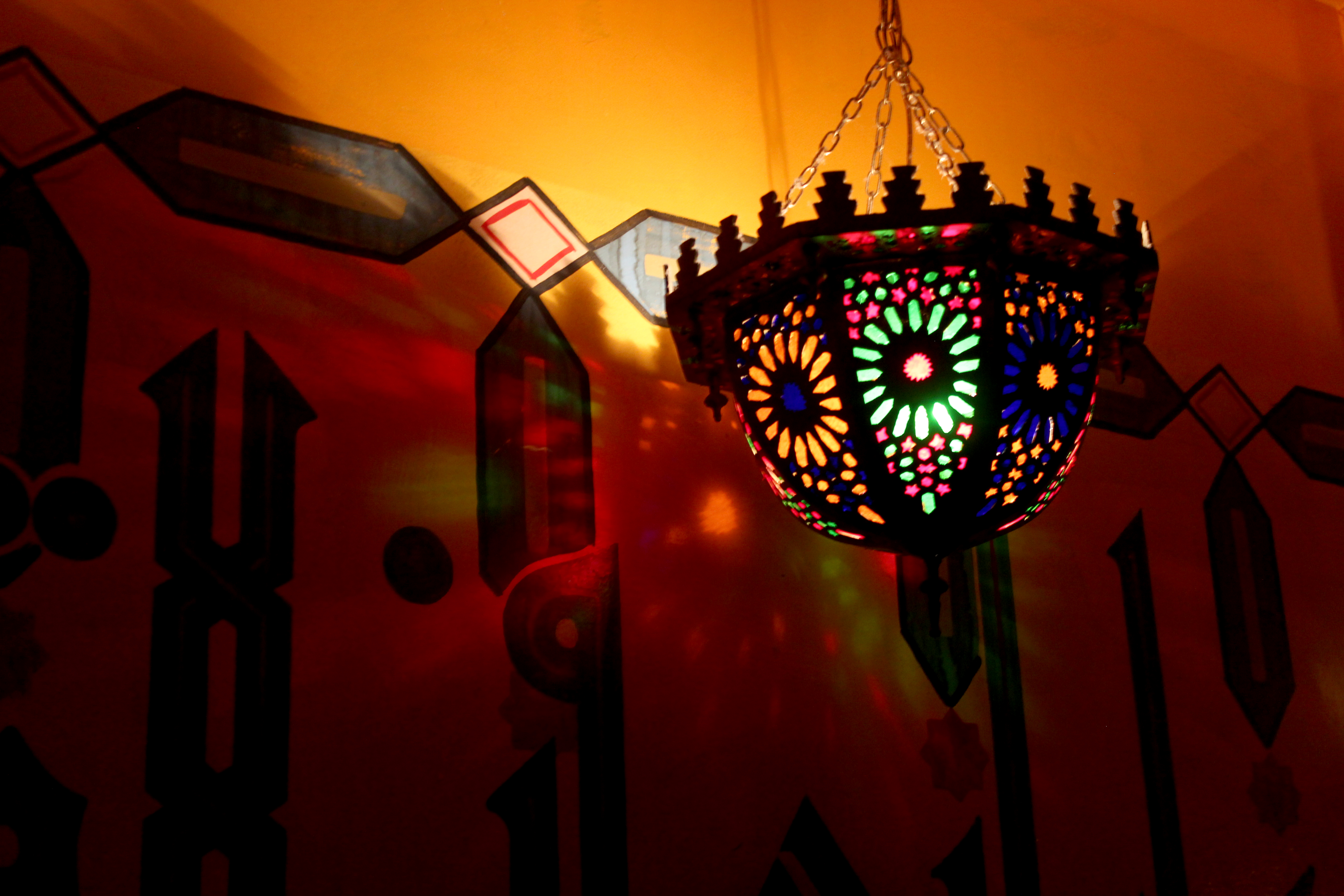
Marrakesh
Bekki: I loved everything about this place. The ambiance, the tapestry covered walls, the colors, the lanterns, the couches, the shared plates to be eaten by hand. It felt like stepping into another time and place, and was so happy to experience that with two amazing ladies who inspire me and share my enthusiasm for new things.
Christine: Don’t forget the towel guy! He just saunters right up, arms full of hot towels, and floats the towel into your lap like it’s a magic carpet coming in for a landing. The man is a towel wizard.
Bekki: He was cool, but he wasn’t as fun as Pita Basket guy. “Take! Take as many as you want! “ … Me: I have seven. Thanks.” “No! You take more!” Throws five more onto everyone’s piles.
Elayna: There’s no words sufficient enough to describe how rad Marrakesh was. I didn’t check my phone the entire time we were in there, because I had no desire to know time was passing. Like Bekki said, it really was like we’d jetted across the world or travelled back through time. The people there were so friendly and the atmosphere was just perfect. And also (know that I say this as someone who is probably the pickiest eater you’ll ever know) ALL THE FOOD WAS AMAZING. My taste buds have never felt so alive and I’ve never had a meal as good as the one I had here.
Christine: I’m so glad you liked it.
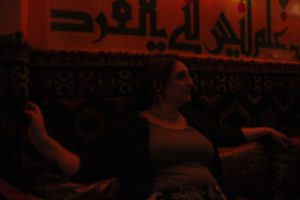 Also, fun fact: Marrakesh helped me solidify the concept for the den that’s featured in my story. I’d love to say that it outright inspired it, but alas the idea came first. But it definitely inspired a few of the details.
Also, fun fact: Marrakesh helped me solidify the concept for the den that’s featured in my story. I’d love to say that it outright inspired it, but alas the idea came first. But it definitely inspired a few of the details.
Bekki: Funny enough, it also helped me coalesce a setting I had been imagining for a scene in Proxy when several of the Primes gather after the rise of Christianity and the fall of their council Alexandria.
Sat
Morning – Work Time @ Christine’s
Bekki: I’m so glad that I stayed with Christine and not in a hotel. Her home felt like my home, and that was important to me. I felt comfortable there. I felt welcome. And, the best part, the one thing I hate about traveling is I never sleep well. It takes me awhile to get used to a new bed, and my excitement about the trip usually keep me up with racing thoughts. This was not the case at her house. In fact, once I hit the mattress in her guest room, I melted in, fell asleep reading a book, and didn’t wake up until *cough* noon, most days. But, to be fair, we stayed up late a lot!
Christine: On this particular day, I woke you guys up with breakfast. #adulting
Elayna: Yeah, Christine’s house is super homey, and slumber parties are my favorite. Her pancakes she made were OFF THE CHAIN.
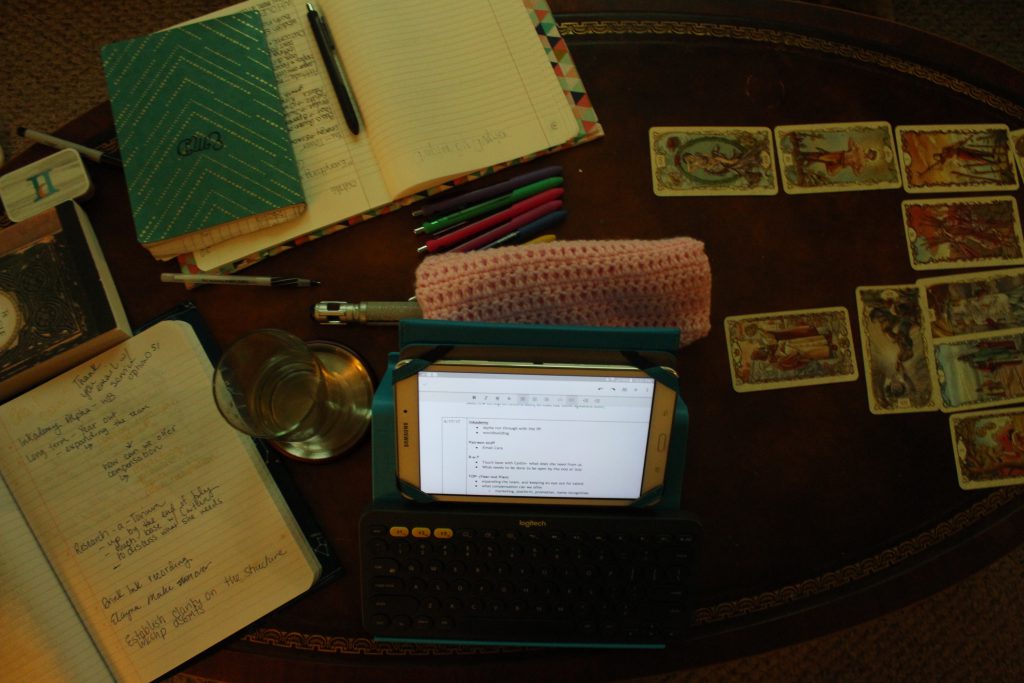
Afternoon – Work Time @ Elayna’s
Christine: Saturday afternoon was dedicated to pizza and productivity.
Bekki: I still think about that bacon and black olive pizza wistfully.
Christine: I think around this time, or maybe the day before or after, I figured out the new format for Drink Ink. Speaking of, I really need to get on that…
Bekki: Elayna may live in a shoebox, but the skyline from her window is exceptional. We both decided to sit down and run a few sprints as the dark was rising over the city and the lights were coming on. There was also a hint of a thunderstorm on the horizon and lightning was flashing in the distance. Elayna lit a cone of her new incense, Marrakesh, inspired by our restaurant experience. Finally, after weeks of not being able to write anything, I cranked out 500ish words and part of a new scene inspired by the skyline.
Christine: That’s awesome. I love that.
Elayna: Yeah, this was another outrageously treasured part of the trip for me. Like Bekki so beautifully described, the sky was magnificent out my windows and it just made for the perfect environment in which to be create. I hadn’t written in almost two weeks and that night got down just over 1K words. There’s something I really love about sharing a space with someone, stopping to fervently tell stories, and then break to share what you worked on. It’s like, we were both sitting in the same exact environment, but look at these places our imaginations went to.
Sun
WONDER WOMAN!
Bekki: I am really glad that I waited to see WW with Elayna. She was so overcome with power and inspiration from the film, watching her experience the film was such a cool and separate thing from the movie itself, I’m glad I could share that with her. We all have those movies, and having someone there to share that energetic jolt they give you is powerful.
Elayna: Yeah, I have some feelings about Wonder Woman. But I’ll save that for the upcoming Story Slayers episode. 😉
Mon
Farewell Dinner @ Christine’s
Christine: What did I make? I don’t even remember.
Elayna: Tacos! You made tacos and they were yummy but I was full of sads that this was my last night with you two. It was a very chill way to end what was an unbelievably magical weekend.
Tues
Christine: As a final sightseeing hurrah, Bekki and I went to the Mutter Museum, which features skulls and cysts and pieces of Einstein’s brain. It was cool as shit.
Christine: Then came a final round of drinks at Milkboy, this time with fellow upcoming author G. A. Finocchiaro.
We talked so much shop that my poor husband thought we were speaking in a foreign language. Things turned out okay for him though because we followed it up with his favorite pizza at Lorenzo & Sons on South Street.
Bekki: A pizza slice as big as a pizza itself, and that requires a box or two plates to carry it away. Dave and I had a good time feeding the little sparrow. One flew right up to the box, and Dave was so impressed, he gave it a whole chunk of crust for having balls.
Asscrack of Wednesday Morning – Bon Voyage to Bekki!
Christine: Bekki left and I immediately missed her.
I miss you, Bekki.
Elayna: Me too…..
Bekki: Ditto.
And, Philly is a great town. I reminds me of St. Louis – big enough to feel cosmopolitan, but not so big you feel like it overwhelms you. I can see why Elayna uses so much of this city in her writing. I can’t wait to come back.
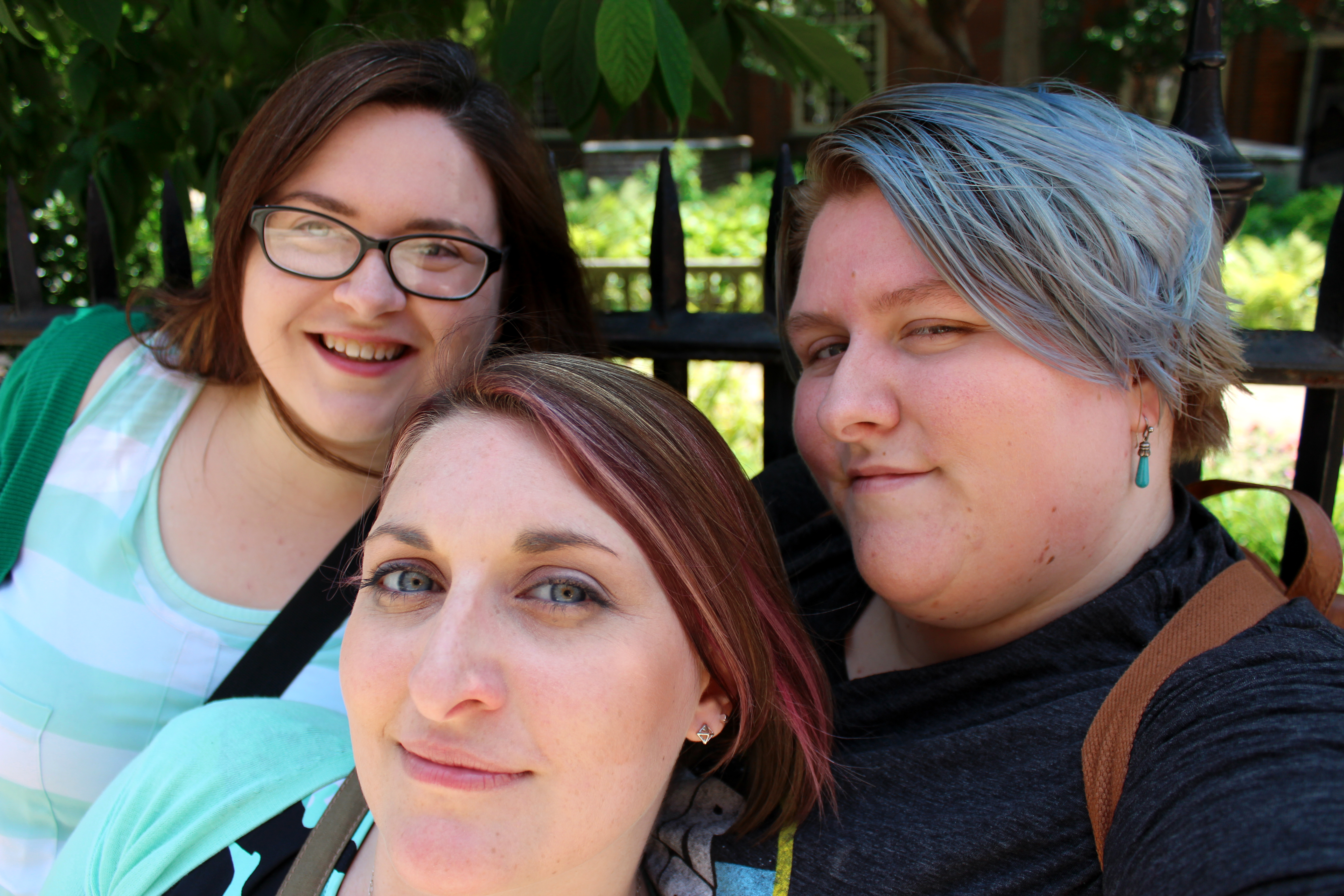
Have you too gone on an adventure recently? Tell us about it in the comments!
Save
Save
Save
Save
Save
Save
Save
Save
Save
Save
Save



